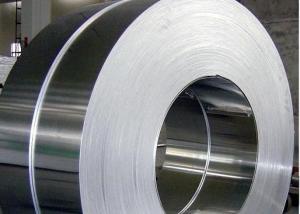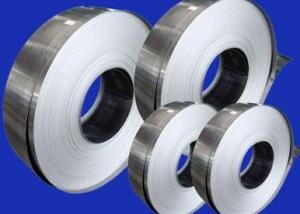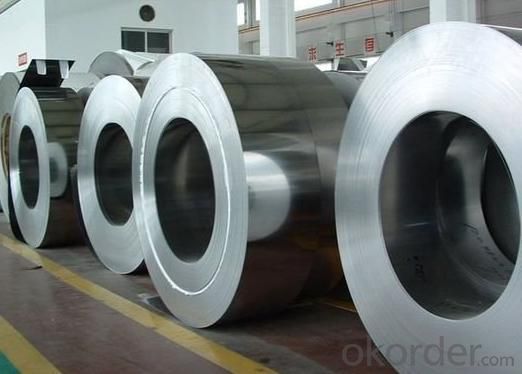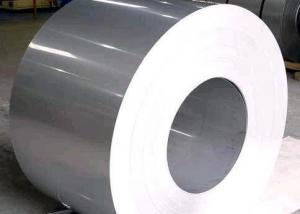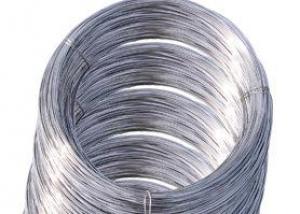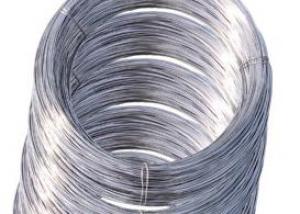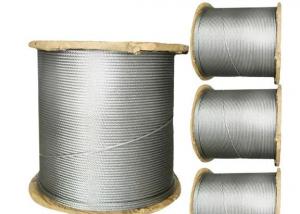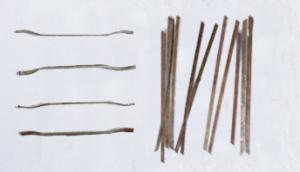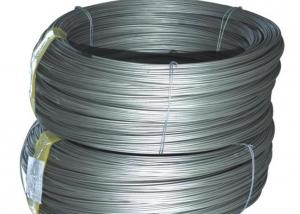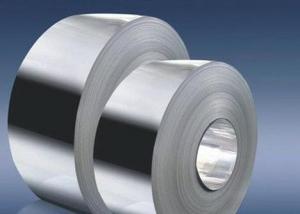430 Stainless Steel Strips
- Loading Port:
- China Main Port
- Payment Terms:
- TT or LC
- Min Order Qty:
- 1 Ton m.t.
- Supply Capability:
- 2000 Tons Per Month m.t./month
OKorder Service Pledge
OKorder Financial Service
You Might Also Like
430 Stainless Steel Strips
1. Chemical composition
|
C |
Si |
Mn |
P |
S |
Ni |
Cr |
|
max0.12 |
max1.00 |
max1.00 |
max0.04 |
max0.03 |
--- |
16.00-18.00 |
2. Mechanical properties
|
Yield Strength |
Tensile |
Elongation |
Hardness (HV) |
Hardness (HRB) |
|
≥205 |
≥420 |
≥22 |
≤200 |
≤88 |
3. Standard: AISI, ASTM, GB, EN, DIN, JIS
4. Surface: 2B, NO.1, BA, NO.4, Hairline, SB, Mirror finish, Anti-skid, Cherkered etc.
5. Size: Thickness: 0.3-3mm (cold rolled), 3-40mm (hot rolled)
Width: 18-600mm.
Length: As customers' request.
6. MOQ: 1 Ton
7. Payment terms: T/T or L/C
8. Packing: Seaworthy package with wooden or Iron pallets with the paper and the steel strip, or as customers' request.
9. Delivery time: Usually about 7 days after we confirming the order, or according to your quantity.
If you have any question or demand, pls feel free to contact me.
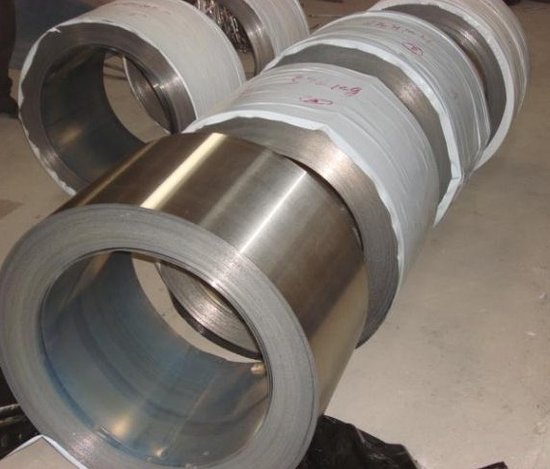
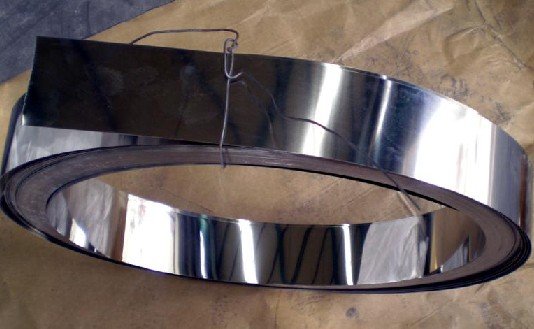
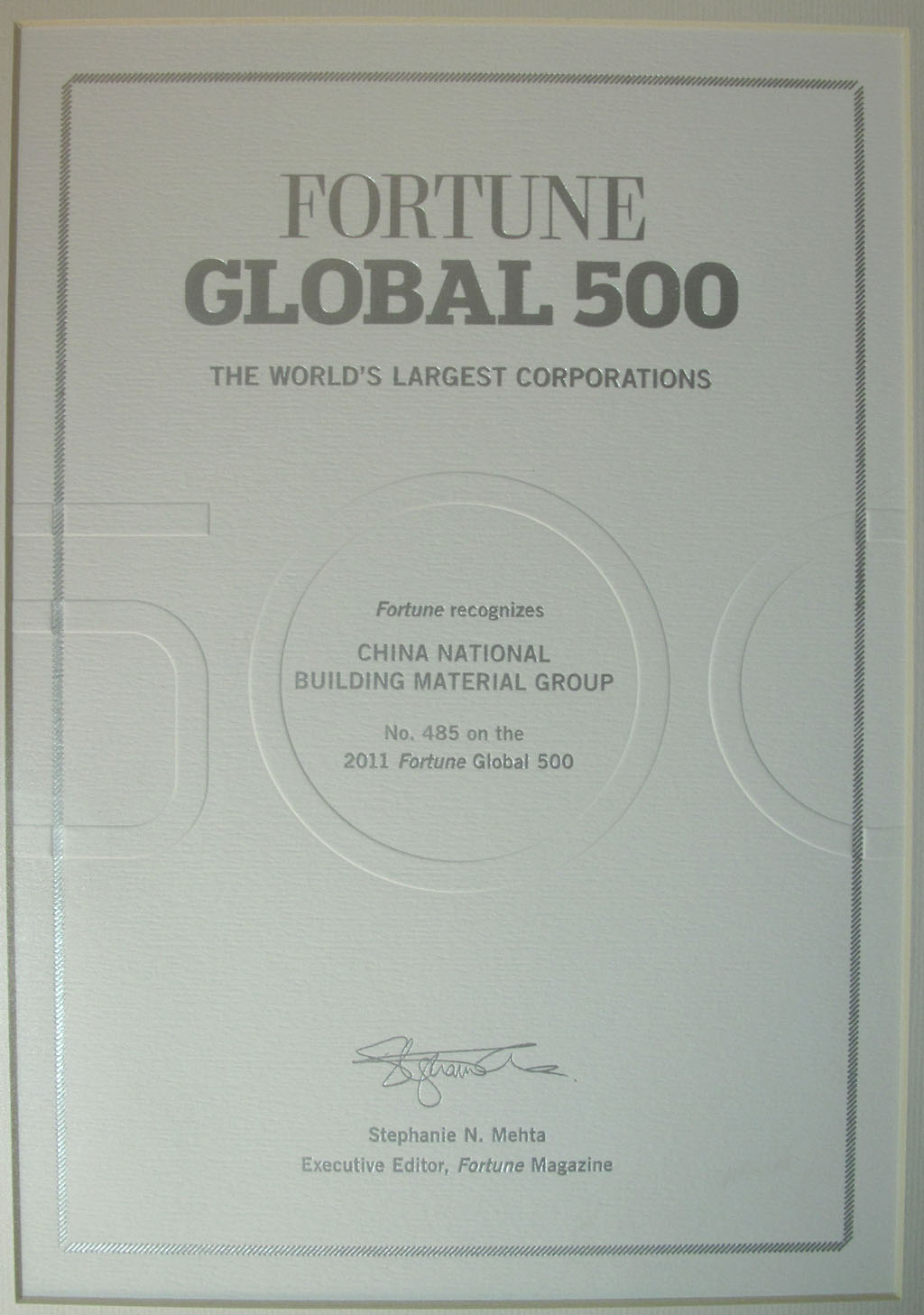
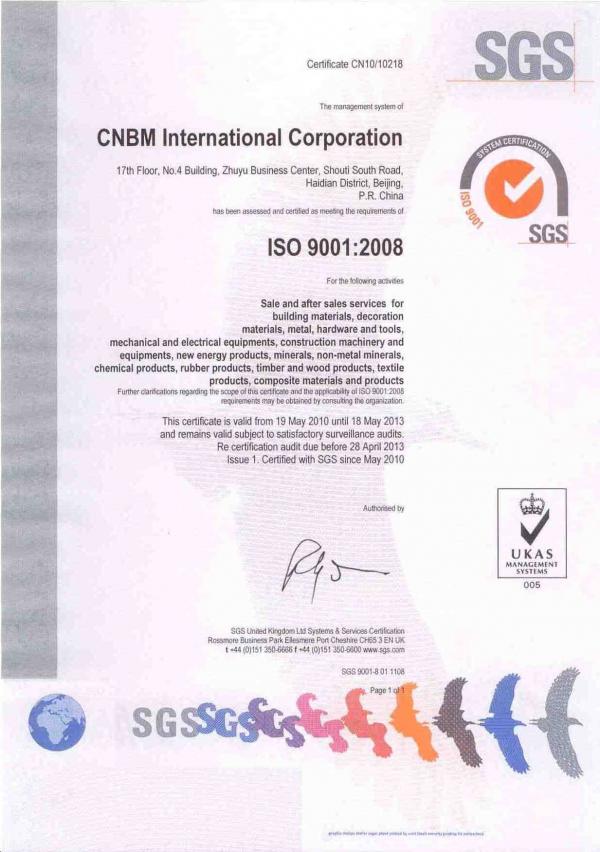
- Q: Can stainless steel wire be used for wire strainers?
- Wire strainers can indeed utilize stainless steel wire. Stainless steel is renowned for its durability, resistance to corrosion, and impressive strength, rendering it an optimal material for a wide range of applications, including wire strainers. Industries such as food processing, pharmaceuticals, chemical processing, and wastewater treatment regularly employ stainless steel wire strainers due to their ability to endure harsh environments and extreme temperatures. The non-reactive properties of stainless steel guarantee that it will not contaminate the materials being strained, providing a secure and dependable choice for wire strainers. Furthermore, stainless steel wire can be effortlessly molded and woven into various mesh sizes, enabling efficient straining of diverse particle dimensions.
- Q: Is stainless steel wire suitable for wire rope fittings?
- Indeed, stainless steel wire proves to be fitting for wire rope fittings. Renowned for its robustness, endurance, and resistance to corrosion, stainless steel wire stands as an exceptional option for withstanding hefty burdens and adverse environmental circumstances that wire rope fittings encounter. Moreover, stainless steel wire rope fittings present exceptional flexibility, facilitating effortless installation and adjustment. Furthermore, stainless steel wire finds frequent usage in domains where sanitation and cleanliness hold significance, such as the food and medical industries. In conclusion, stainless steel wire emerges as a dependable and appropriate material for wire rope fittings.
- Q: Can stainless steel wire be used for electrical wires?
- Indeed, electrical wires can be made from stainless steel wire. Although copper is typically preferred for electrical wiring due to its exceptional conductivity, stainless steel wire can be utilized in specific scenarios where its distinctive properties prove advantageous. The corrosion resistance of stainless steel renders it suitable for electrical installations conducted outdoors or underwater. Furthermore, stainless steel wire possesses remarkable tensile strength, rendering it perfect for applications necessitating durability and robustness. Nonetheless, it is crucial to acknowledge that stainless steel has lower electrical conductivity than copper, making it potentially unsuitable for high-conductivity applications like power transmission.
- Q: Can stainless steel wire be used for filter screens?
- Yes, stainless steel wire can be used for filter screens. Stainless steel is a popular choice for filter screens due to its corrosion resistance, durability, and ability to withstand high temperatures. Its fine mesh structure allows for effective filtration of particles while maintaining strength and longevity.
- Q: Does a product made of some stainless steel have the same tensile strength due to its different shapes?
- Stainless steel wire and stainless steel wire, various specifications and models of silk production as raw materials of stainless steel, the origin of the United States, Holland, Japan, the general section is round or flat. Common stainless steel wire with good corrosion resistance and high performance price ratio is 304 and 316 stainless steel wire.
- Q: Can stainless steel wire be coated for additional protection?
- Yes, stainless steel wire can be coated for additional protection. Coating stainless steel wire provides an extra layer of protection against corrosion, wear, and other environmental factors that may compromise its durability. The coating can be applied through various methods, such as electroplating, powder coating, or using chemical coatings. These coatings not only enhance the wire's resistance to rust and other forms of corrosion but can also improve its appearance and make it easier to handle and work with. Additionally, certain coatings can provide insulation or enhance the wire's heat resistance, making it suitable for specific applications. Overall, coating stainless steel wire is a common practice to enhance its protective properties and extend its lifespan in various industries and applications.
- Q: What are the different types of stainless steel wire rope connectors?
- There are several different types of stainless steel wire rope connectors available in the market, each designed for specific applications and requirements. Some of the most common types include: 1. Wire Rope Clips: Also known as wire rope clamps, these connectors are used to create an eye or loop in wire rope. They consist of a U-shaped bolt, a saddle, and two nuts, which are used to secure the wire rope in place. 2. Swage Fittings: Swage fittings are used to terminate wire rope by compressing it onto the connector using a hydraulic press or swaging tool. These connectors provide a strong and permanent connection, making them suitable for critical applications. 3. Thimbles: Thimbles are used to protect wire rope from abrasion and wear at the point where it makes a loop or bend. They are inserted into the loop of the wire rope, providing a smooth surface and preventing the wire rope from crushing or deforming. 4. Turnbuckles: Turnbuckles are used to tension or adjust the length of a wire rope. They consist of two threaded eye bolts connected by a body, which can be rotated to tighten or loosen the wire rope. 5. Quick Links: Quick links are fasteners that can be easily opened and closed using a threaded nut. They are commonly used to join two ends of a wire rope together or to attach other fittings. 6. Shackles: Shackles are U-shaped connectors with a pin or bolt that can be inserted through the ends of a wire rope to create a secure connection. They are available in various designs, including anchor shackles, chain shackles, and D shackles. 7. Eye Bolts: Eye bolts are used to create an attachment point for wire ropes, cables, or other hardware. They have a loop or eye at one end, which can be easily hooked or connected to other fittings. These are just a few examples of the different types of stainless steel wire rope connectors available. The choice of connector depends on the specific application, load requirements, and desired level of durability and security. It is important to select the right type of connector to ensure a safe and reliable connection for your wire rope.
- Q: Can stainless steel wire be used for safety barriers?
- Indeed, safety barriers can utilize stainless steel wire. Stainless steel, renowned for its durability and resistance to corrosion, proves itself as an impeccable option for situations where safety and longevity hold great significance. By offering a sturdy and secure barricade, it withstands severe environmental circumstances and frequent usage. Furthermore, stainless steel wire's immunity to rust and corrosion guarantees its efficacy and aesthetic appeal throughout time. Whether employed industrially, commercially, or for residential purposes, stainless steel wire emerges as a dependable selection for safety barriers owing to its robustness, durability, and ability to withstand wear and tear.
- Q: What are the different types of stainless steel wire used for cable railing?
- There are several types of stainless steel wire commonly used for cable railing, including 316 marine grade stainless steel, 304 stainless steel, and 316L stainless steel. These different types of stainless steel offer varying levels of corrosion resistance, strength, and durability, allowing for greater flexibility in choosing the most suitable option for specific cable railing applications.
- Q: What are the different types of stainless steel wire fences?
- There are several different types of stainless steel wire fences, including woven wire fences, welded wire fences, chain link fences, and mesh panel fences. Each type has its own unique features and benefits, catering to different needs and preferences.
1. Manufacturer Overview
| Location | Shandong,China |
| Year Established | 2005 |
| Annual Output Value | Above US$5.3 Million |
| Main Markets | Europe, China |
| Company Certifications | ISO9001:2000 |
2. Manufacturer Certificates
| a) Certification Name | |
| Range | |
| Reference | |
| Validity Period |
3. Manufacturer Capability
| a) Trade Capacity | |
| Nearest Port | Tian Jin |
| Export Percentage | 30% |
| No.of Employees in Trade Department | 40 People |
| Language Spoken: | English;Chinese |
| b) Factory Information | |
| Factory Size: | Above 50,000 square meters |
| No. of Production Lines | Above 8 |
| Contract Manufacturing | OEM Service Offered;Design Service Offered |
| Product Price Range | Average |
Send your message to us
430 Stainless Steel Strips
- Loading Port:
- China Main Port
- Payment Terms:
- TT or LC
- Min Order Qty:
- 1 Ton m.t.
- Supply Capability:
- 2000 Tons Per Month m.t./month
OKorder Service Pledge
OKorder Financial Service
Similar products
Hot products
Hot Searches
Related keywords
